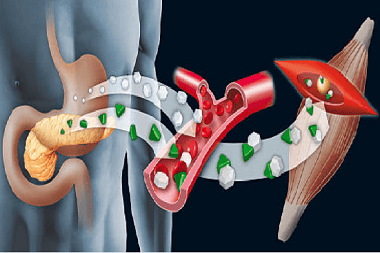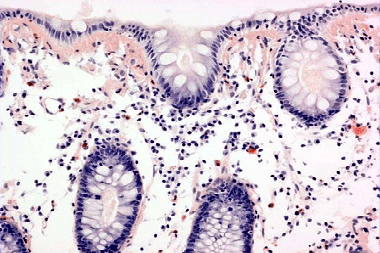Medicine questions >>>> Amyloidosis - what is it?
Amyloidosis - what is it?

Disorders of protein metabolism have various manifestations, but one of the most pathogenic protein disorders is tissue amyloidosis - the formation of persistent protein complexes: fibrillar proteins and a plasma component (blood plasma polysaccharides) in the structures of normal tissue and signifying its actual degeneration. Such complexes have an appearance that resembles rods, and as a result, they are called "periodic rods" - amyloids. Amyloids are very persistent compounds with antigenic properties.
Amyloidosis is considered a systemic disease, the etiology of which is not fully understood. It is known that the disease has primary and secondary forms. Primary amyloidosis is classified as a hereditary disease. Secondary amyloidosis develops as a result of various kinds of diseases, both infectious and inflammatory.

Amyloidosis is dangerous because it gradually changes the structure of tissues, causes atrophy and functional disorders of the organs, the tissue of which contains amyloids.
Signs of tissue amyloidosis are diverse and depend on the location of the amyloids, the time elapsed since their deposition in the tissues, and the extent of organ damage.
In medical practice there are:
- amyloidosis of the kidneys, in which symptoms of renal failure develop - edema, arterial hypertension;
- amyloidosis of the heart muscle, in which signs of heart disorders appear - shortness of breath, arrhythmia, general weakness;
- amyloidosis of the digestive system, in which heartburn, motility disorders, nausea, diarrhea, constipation, an increase in the volume of organs involved in digestion (hepatomegaly) can be observed;
- amyloidosis of the skin, in which outwardly signs of degeneration of the skin become noticeable - waxy shine, the appearance of various types of skin defects (plaques, spots, nodules);
- amyloidosis of the structures of the musculoskeletal system, in which myopathies, polyarthritis, periarthritis and other typical diseases of the musculoskeletal system develop;
- amyloidosis of the tissues of the nervous system, in which symptoms of tissue neuroconductivity disorders appear - paralysis, parasthesia, polyneuropathy and other manifestations of damage to nerve cells.
To diagnose amyloidosis, biopsy and microscopic examination of tissues for the presence of amyloids are performed.
Treatment of amyloidosis is carried out with drugs of the 4-aminoquinoline series, cytostatics, hormones that inhibit the process of tissue degeneration. The prognosis of the effectiveness of treatment of the disease depends on the rate of progression of the disease and the possibility of treating the diseases that gave rise to this pathology. Danger to life with amyloidosis is the development of renal, hepatic or heart failure, failure of damaged organs.

Read

Read



























